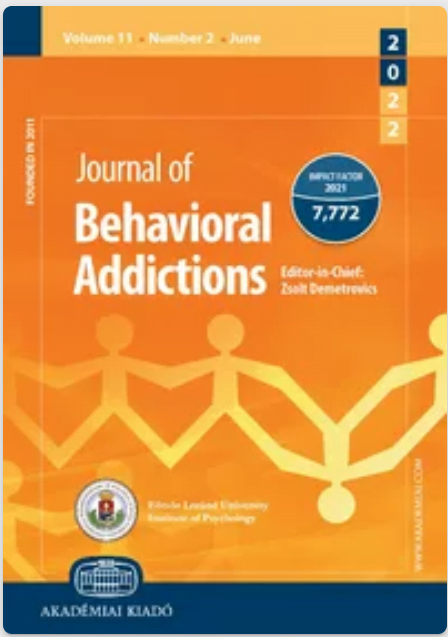Journal of Behavioral Addictions (published online ahead of print 2023). doi: https://doi.org/10.1556/2006.2023.00008
Authors: Per Görts, Josephine Savard, Katarina Görts-Öberg,Cecilia Dhejne, Stefan Arver, Jussi Jokinen, Martin Ingvar, and Christoph Abé
Excerpts:
CSBD is associated with structural brain differences, which contributes to a better understanding of CSBD and encourages further clarifications of the neurobiological mechanisms underlying the disorder.
CSBD symptoms were more severe in individuals displaying more pronounced cortical variations.
Results from previous studies and the present study are in line with the notion that CSBD is associated with brain alterations in areas implicated in sensitization, habituation, impulse control, and reward processing.
Our findings suggest that CSBD is associated with structural brain differences. This study provides valuable insights into a largely unexplored field of clinical relevance and encourages further clarifications of the neurobiological mechanisms underlying CSBD, which is a prerequisite for improving future treatment outcomes. The findings may also contribute to ongoing discussion around whether the current classification of CSBD as an impulse-control disorder is reasonable.
Abstract
Background and aims
Compulsive sexual behavior disorder (CSBD) has been included as an impulse control disorder in the International Classification of Diseases (ICD-11). However, the neurobiological mechanisms underlying CSBD remain largely unknown, and given previous indications of addiction-like mechanisms at play, the aim of the present study was to investigate if CSBD is associated with structural brain differences in regions involved in reward processing.
Methods
We analyzed structural MRI data of 22 male CSBD patients (mean = 38.7 years, SD = 11.7) and 20 matched healthy controls (HC; mean = 37.6 years, SD = 8.5). Main outcome measures were regional cortical thickness and surface area. We also tested for case-control differences in subcortical structures and the effects of demographic and clinical variables, such as CSBD symptom severity, on neuroimaging outcomes. Moreover, we explored case-control differences in regions outside our hypothesis including white matter.
Results
CSBD patients had significantly lower cortical surface area in right posterior cingulate cortex than HC. We found negative correlations between right posterior cingulate area and CSBD symptoms scores. There were no group differences in subcortical volume.
Conclusions
Our findings suggest that CSBD is associated with structural brain differences, which contributes to a better understanding of CSBD and encourages further clarifications of the neurobiological mechanisms underlying the disorder.
